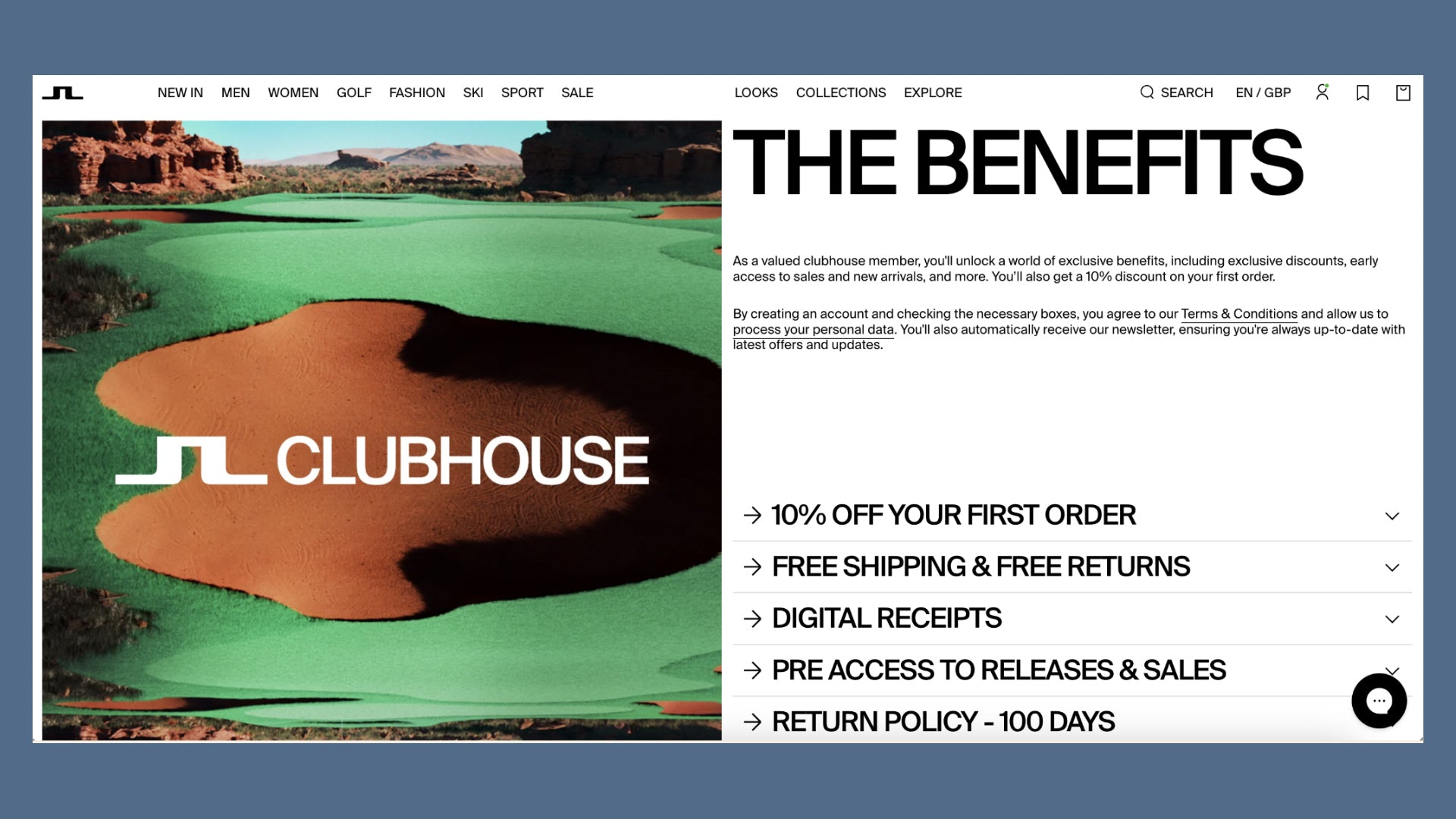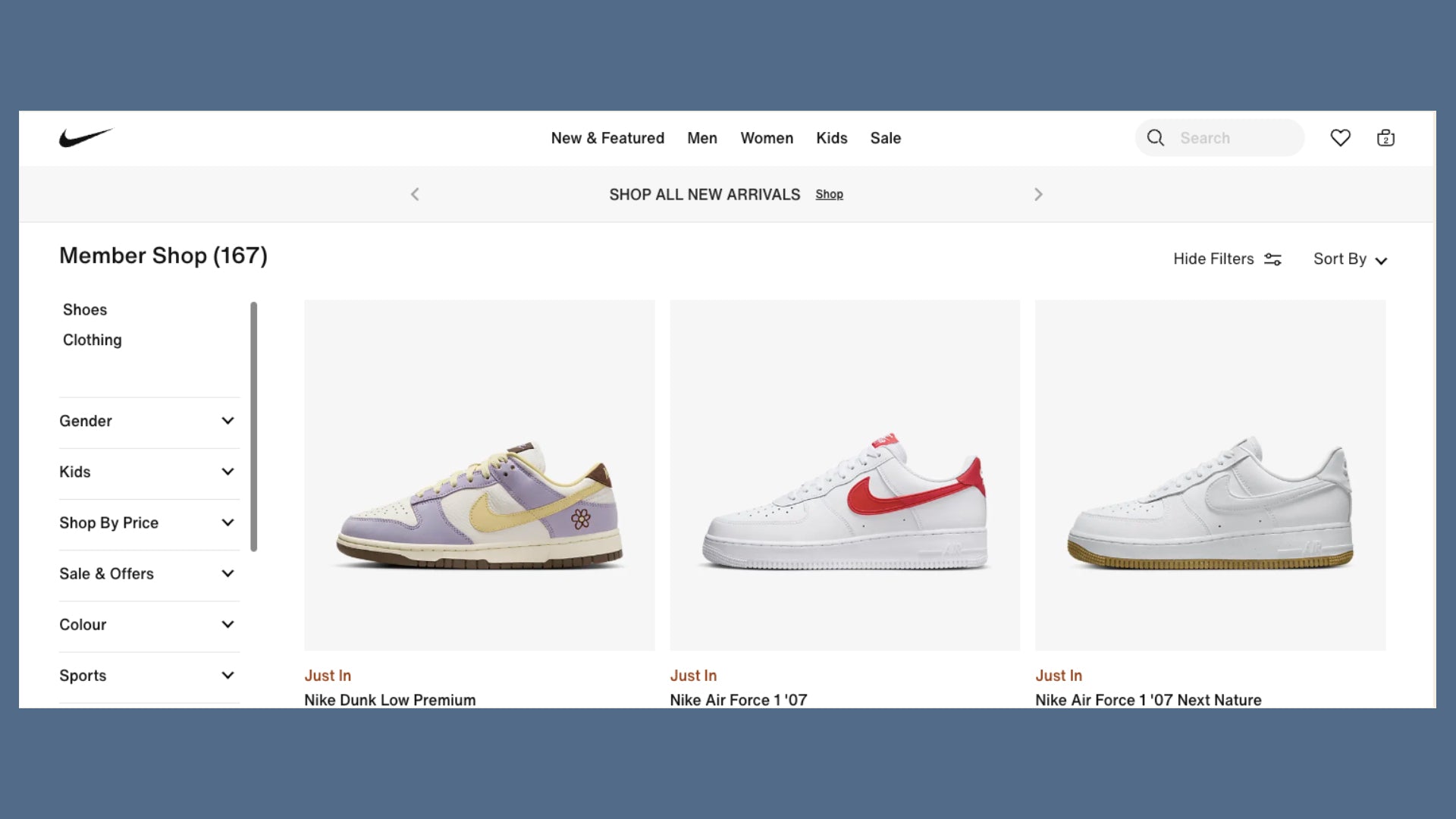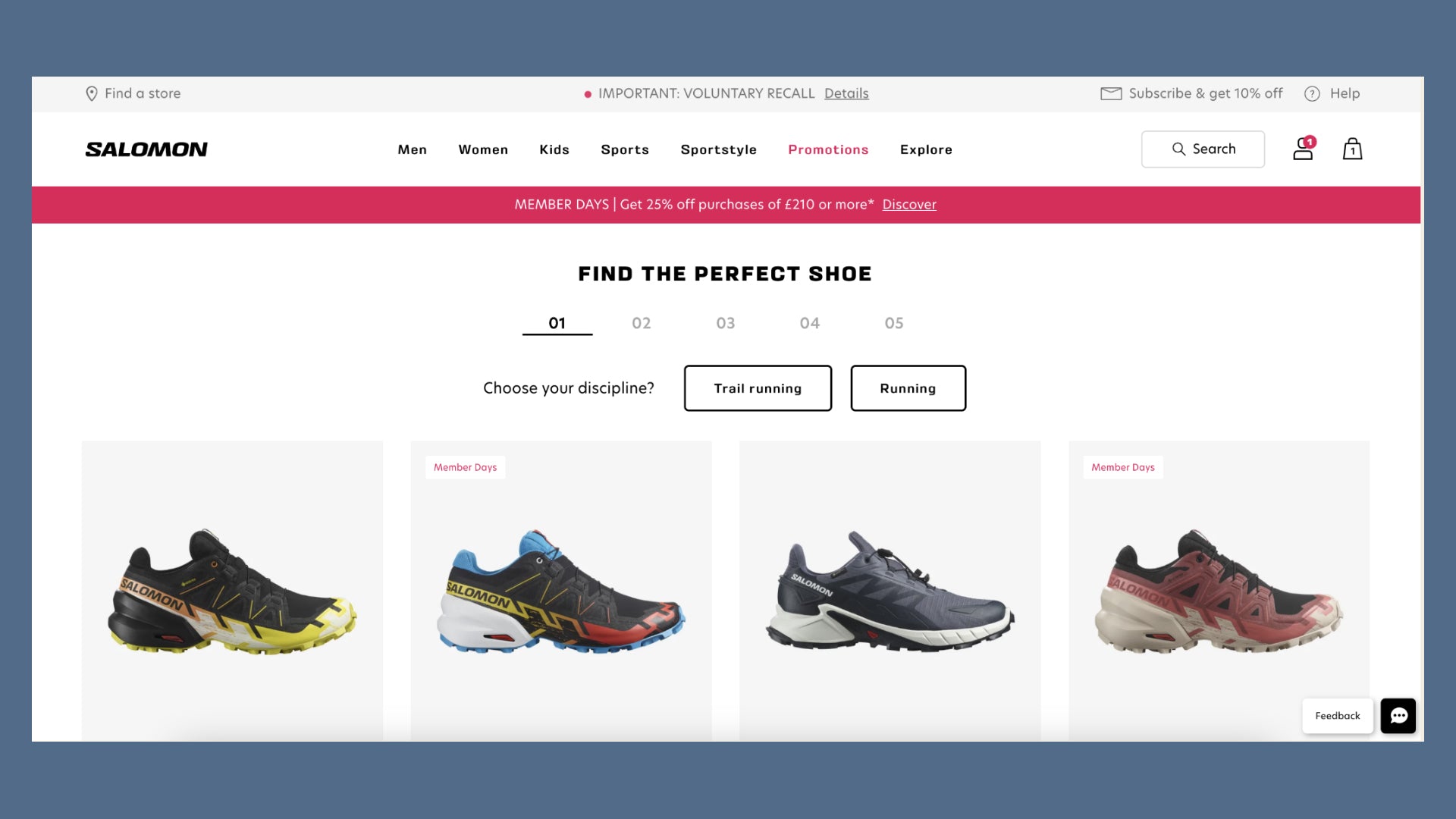
-
Shopify
+1
Klaviyo Vol 5: Solving Localised Double Opt-In at Scale
Klaviyo Vol 5: Solving Localised Double Opt-In at Scale
First-party data


With privacy regulations tightening and third-party cookies disappearing, many ecommerce brands are struggling to maintain customer insights and personalized marketing. This shift is creating a significant challenge: how can you stay compliant while still understanding your customers and delivering personalized experiences?
Recently, we had the privilege of receiving a masterclass focused on first-party data, conducted by experts from Vervaunt. At Ask Phill, we’re passionate about helping brands not just keep up but lead. That’s why we’re spotlighting Vervaunt’s insights to inspire you to elevate your ecommerce strategy. Vervaunt, a pioneering agency in ecommerce strategy and digital marketing, shared invaluable knowledge. We’ve compiled a comprehensive rundown of what we believe is crucial for your success.
Since 2017, when Apple introduced restrictions on third-party cookie tracking through Intelligent Tracking Prevention (ITP), the privacy landscape has evolved significantly. It began with GDPR in Europe, setting the gold standard for data protection. The following year, California introduced CCPA, emphasizing consumer rights and data transparency. By 2020, major browsers like Chrome and Safari started phasing out third-party cookies, pushing us toward a privacy-centric web. Apple’s 2021 iOS 14 update brought App Tracking Transparency (ATT), requiring apps to get user consent for data tracking.
These shifts mean brands must now lean heavily into first-party data to stay compliant while still gaining valuable customer insights.
Here’s a timeline of key events influencing the need for first-party data:
Consumers are more privacy-conscious than ever, with 48% stopping purchases due to privacy concerns. First-party data, the information a company collects directly from its customers—including website analytics, purchase history, customer feedback, and interactions via email or social media—offers a privacy-centric solution. This data, collected with consent, provides transparency and control, ensuring a higher quality and accuracy as it directly reflects user interactions and preferences.
In the privacy-focused digital age, first-party data is essential. It aligns perfectly with current regulations, minimizing risks and ensuring compliance. By leveraging this data, brands can create highly tailored customer experiences based on real interactions, offering deep, actionable insights into customer behavior and preferences. This approach not only adheres to privacy laws but also builds stronger, trust-based relationships with customers, crucial in today’s market.
Collecting first-party data effectively is crucial for building a robust data strategy. Here are some practical tips and real-world examples to help you get started:
Membership propositions involve offering customers exclusive benefits and services in exchange for signing up and providing their information. This approach not only offers service benefits but also ensures that customers are more engaged each time they visit the site. For instance:






Bethan Rainford, General Manager at Vervaunt, emphasized the importance of surface options on websites to enhance data collection. Surface options refer to interactive elements on a website that engage users and encourage them to provide information. These options can include tools, quizzes, or customization features that help personalize the user experience while collecting valuable data.


Capturing first-party data after a purchase is crucial for enhancing customer engagement and personalization across various sectors.


As we delve deeper into the application of first-party data, it’s crucial to focus on how this data can drive performance marketing efforts more efficiently. Vervaunt’s masterclass shed light on three key strategies:
The shift towards machine learning in advertising allows brands to use first-party data to optimize bidding strategies and ad placements. By feeding detailed data about customers’ behaviors, preferences, and profitability into machine learning algorithms, brands can ensure more efficient ad spend. For instance, using data on return rates, purchase history, and customer lifetime value (LTV) helps adjust bids to target users most likely to convert at a higher profit margin.
Creative content plays a pivotal role in engaging customers. Leveraging first-party data helps tailor creative elements to match the interests and behaviors of the audience, significantly enhancing the impact of marketing campaigns. For example, by analyzing data from previous interactions, brands can create personalized ads that resonate more deeply with each segment, increasing the chances of engagement and conversion.
First-party data enables brands to refine their audience targeting and segmentation strategies. This approach involves creating high-intent audience lists, such as those who have recently converted or shown high-value behaviors, and using these lists to tailor marketing efforts. Brands can also identify lapsed customers or those at risk of churning, then deploy targeted campaigns to re-engage them, often offering personalized incentives or exclusive early access to new products.
The shift towards first-party data is essential in today’s privacy-focused marketing landscape, enabling brands to enhance personalization and maintain compliance with evolving regulations. Key takeaways from our discussion with Vervaunt underscore the importance of transparency, innovative data collection methods, and strategic data use to drive marketing success.
If you’re looking to delve deeper into the nuances of first-party data or need expert guidance on integrating these strategies effectively, contact Vervaunt for a consultation.
At Ask Phill, we are committed to helping our clients navigate the complex commerce landscape and achieve their fullest potential. Ready to transform your strategy? Let’s talk.

Klaviyo Vol 5: Solving Localised Double Opt-In at Scale
Klaviyo Vol 5: Solving Localised Double Opt-In at Scale

The gap is widening
Shopify Winter '26 Edition: 10 Reasons Not Being on Shopify Is Now a Competitive Disadvantage

The early-access strategy that increased conversions to 33%
Klaviyo Vol 4: Travelteq’s WhatsApp Advantage
Stay ahead
Subscribe to our newsletter for a roundup of the latest in ecommerce, straight to your inbox.